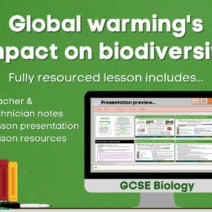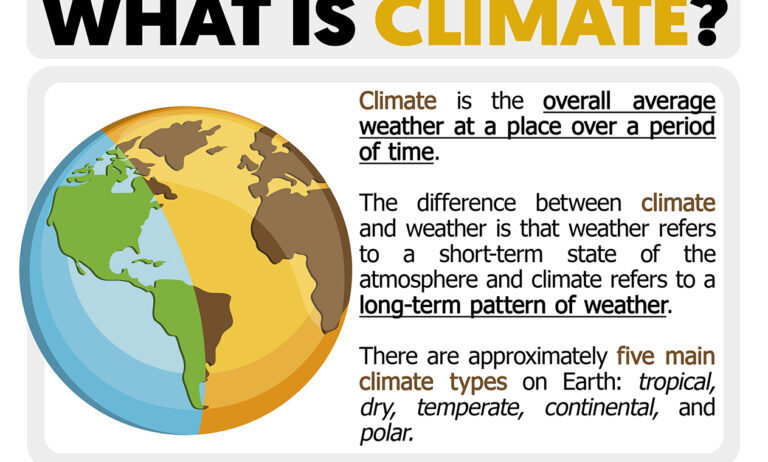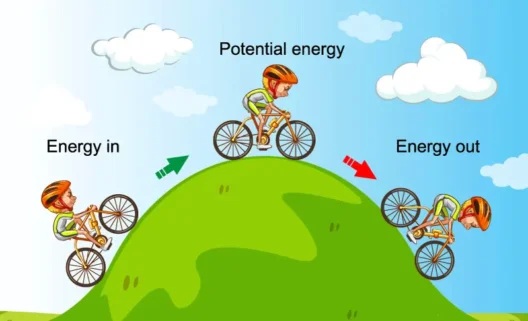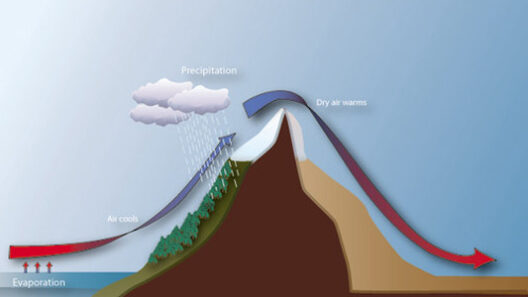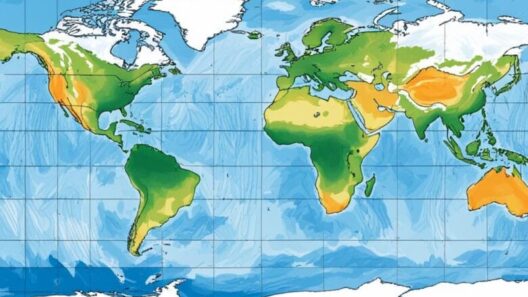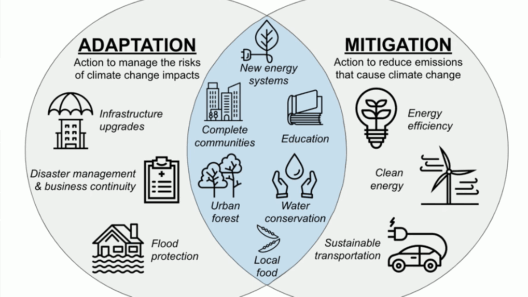What do we truly mean when we refer to “climate”? Often, the term is tossed around in casual conversation, used interchangeably with weather, yet the distinction is profound and pivotal for our understanding of the environment. To grasp the essence of climate, one must peel back the layers of definitions, implications, and the multifaceted roles it plays in our world. This exploration promises not just knowledge, but a paradigm shift in how we engage with Earth’s ecological narrative.
The term “climate” fundamentally encapsulates the long-term patterns and averages of atmospheric conditions within a given locale over extended periods—typically, 30 years or more. These conditions include variations in temperature, precipitation, humidity, wind velocity, and other meteorological elements. Unlike weather, which fluctuates from day to day and hour to hour, climate reveals the long-term tendencies shaped by geographic features, ocean currents, and even human activities. This distinction invites a deeper consideration of how climate shapes our daily realities.
Embodying a tapestry of influences, climate is not merely a scientific concept confined to textbooks; it is a narrative that informs agriculture, urban design, public health, and even economic stability. It serves as a backdrop against which much of life’s drama unfolds, influencing where we build cities, what crops we sow, and how we conserve resources. Such an intricate interplay between climate and human endeavors underlines the necessity of comprehending climate dynamics in shaping a sustainable future.
Before delving deeper, it is essential to understand the nuances in climate’s characteristics. These encompass temperature ranges, precipitation patterns, and extreme weather phenomena, among others. Each characteristic plays a crucial role in determining the biodiversity of regions, affecting everything from plant life to animal habitats. For instance, tropical climates are characterized by warmth and ample rainfall, fostering rich biodiversity. On the contrary, polar climates, marked by frigid temperatures and arid conditions, support a vastly different ecological community. Thus, when exploring climate, one must consider not just temperatures and rainfall but the overarching impact on ecosystems.
The Impact of Human Activity on Climate
In recent decades, human activity has increasingly been recognized as a significant determinant of climate change. The burning of fossil fuels, deforestation, and industrial activities release greenhouse gases into the atmosphere, disrupting the delicate balance maintained over millennia. As these gases accumulate, they create a blanket-like effect, trapping heat and leading to global warming. The implications of this phenomenon are staggering; from more severe weather events to shifting agricultural zones, human-induced changes to climate are evident and profound.
This realization serves as a wake-up call, urging individuals, communities, and nations to rethink their relationship with the environment. The actions taken today can either exacerbate the situation or catalyze recovery. Understanding climate change is paramount. It compels us to consider how seemingly trivial actions—a drive to work, a preference for beef, excessive water use—can influence global climate patterns. In this sense, climate serves as a mirror reflecting our collective choices and their far-reaching consequences.
Climate and Its Connection to Biodiversity
The synergy between climate and biodiversity cannot be overstated. The intricate web of life on Earth—encompassing plants, animals, and microorganisms—is inextricably linked to climatic conditions. Each organism occupies a unique niche, adapting to the specific climate of its environment. Consequently, shifts in climate can lead to cascading effects on biodiversity; some species may thrive in new conditions, while others may struggle to survive or face extinction.
Take coral reefs, for example. These vibrant ecosystems thrive in specific temperature ranges. As sea temperatures rise, coral bleaching occurs, endangering not only the corals themselves but the myriad of species that depend on them for sustenance and habitat. The poignant reality is that the health of our planet’s biodiversity is a direct reflection of the stability of its climate.
Adapting to Climate: Strategies for Resilience
In the face of changing climate conditions, adaptation becomes paramount. Communities worldwide are exploring innovative strategies to foster resilience against adverse effects. This includes developing climate-smart agriculture, which focuses on sustainable practices that enhance productivity while minimizing environmental impact. Moreover, urban regions are reimagining infrastructure with green technologies to mitigate heat and manage stormwater.
The role of education in fostering climate resilience cannot be overlooked. Empowering citizens with knowledge about their climatic conditions and economic choices redefines their engagement with the environment. Awareness of how personal habits contribute to or alleviate the climate crisis is essential for fostering a culture of sustainability.
A Paradigm Shift: The Call to Action
Ultimately, understanding climate means recognizing it as a powerful determinant of life—not just a backdrop to human existence. It challenges us to reevaluate our collective responsibilities. The question is not merely what climate means, but how we can harness this knowledge to effect transformative change.
Embracing sustainable practices, advocating for policy reforms, and participating in community efforts are all tangible steps we can take. It’s time to shift from passive observers of climate change to proactive stewards of our planet. Such a transition not only preserves our environment but enhances life on Earth for generations to come.
In conclusion, the essence of climate is profound, underscoring the urgent need for awareness, responsibility, and action. By grasping what climate means and the critical implications it carries, we open the door to a future engraved with potential, curiosity, and hope for a thriving planet.
